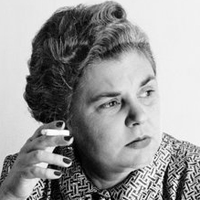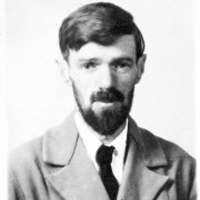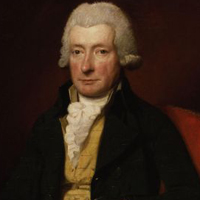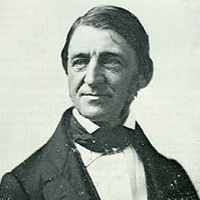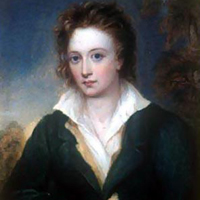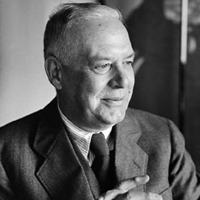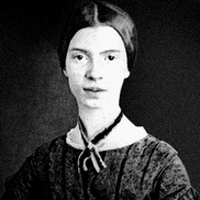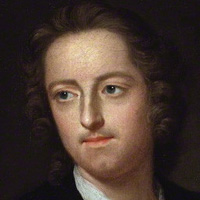The Fish by Elizabeth Bishop: Summary and Critical Analysis
Elizabeth Bishop's poem The Fish displays her ecological awareness that leads her to accept a relationship of coexistence between human beings and nonhuman beings. This ecological awareness in the poem is reflected when she leaves the fish free. It is one of her typical and representative poems.
